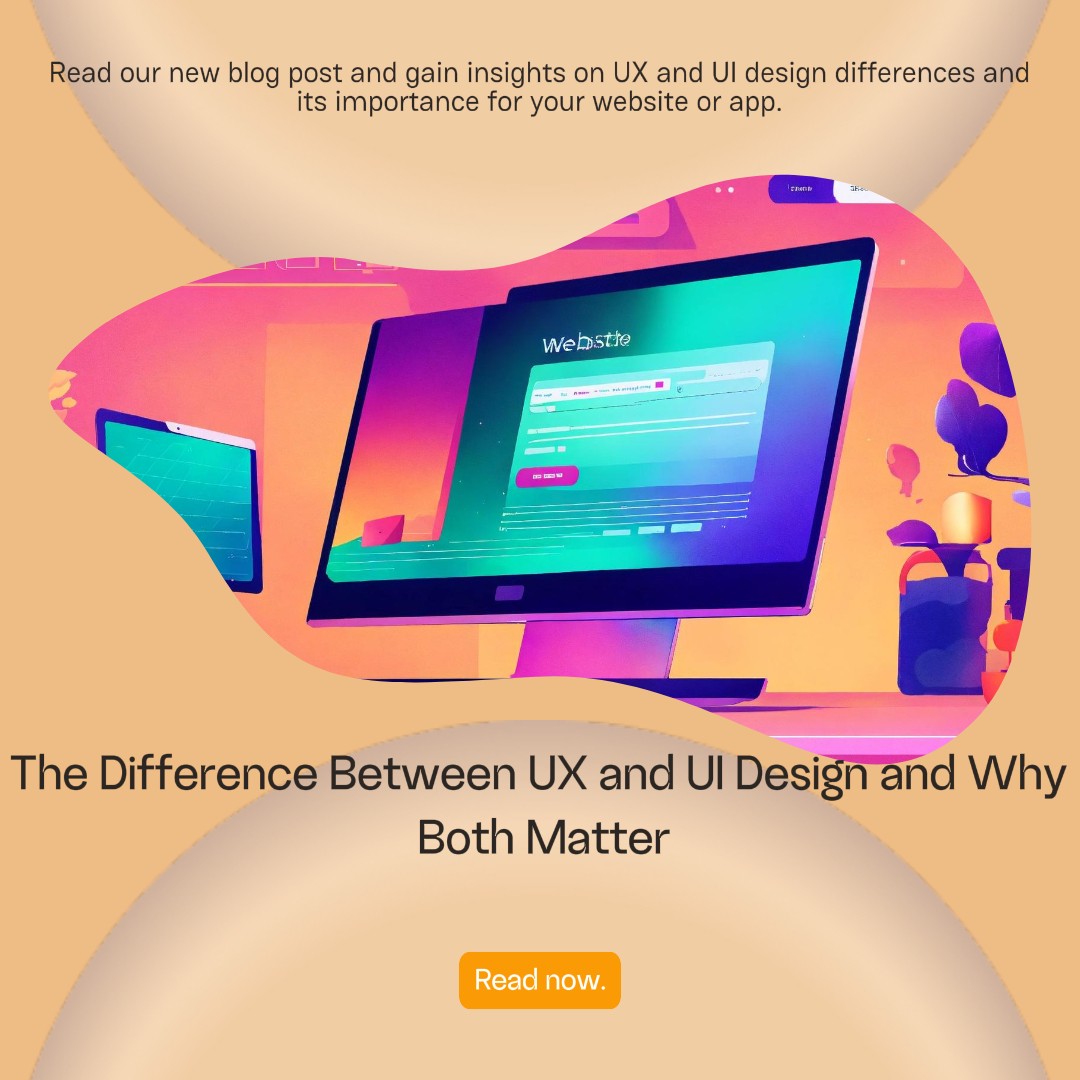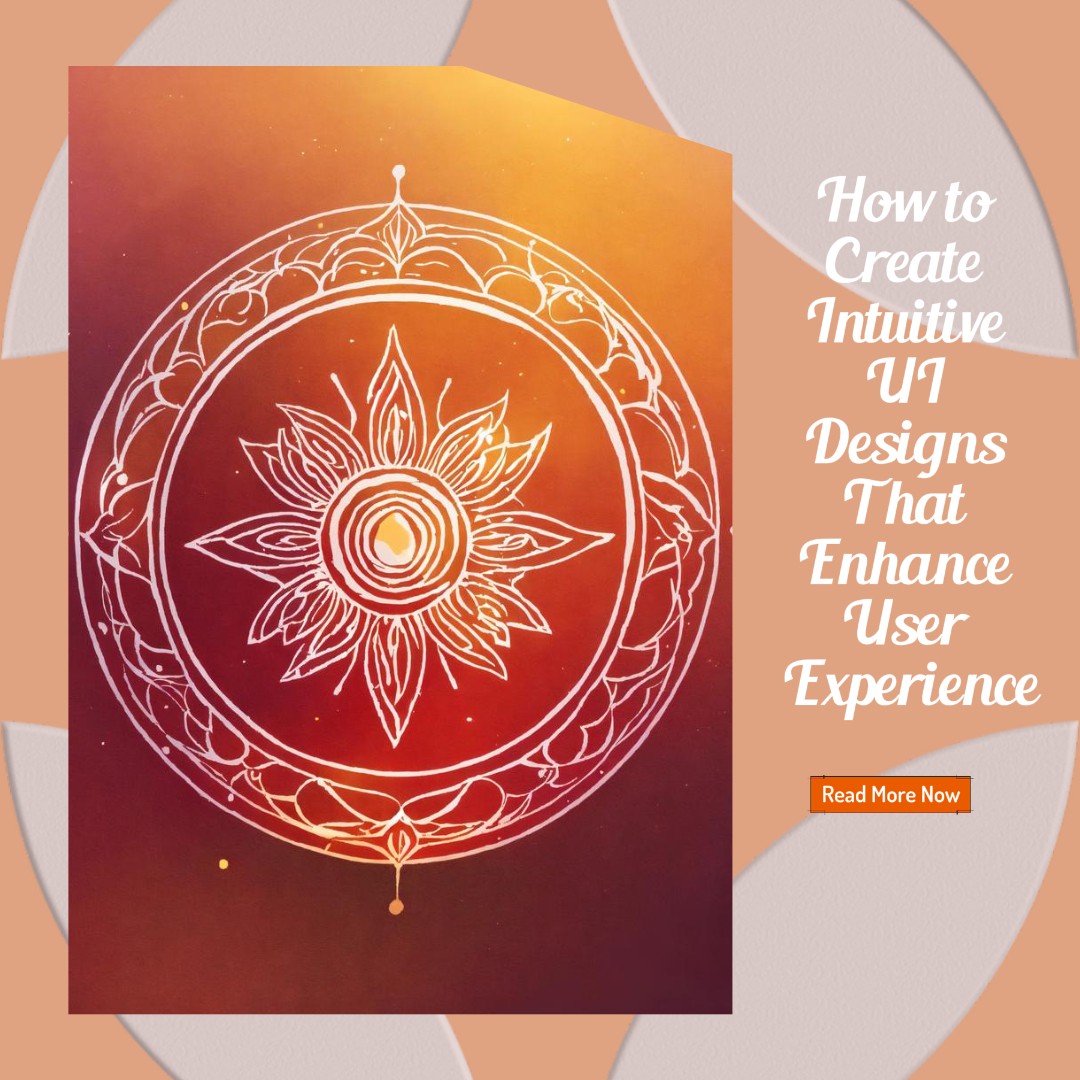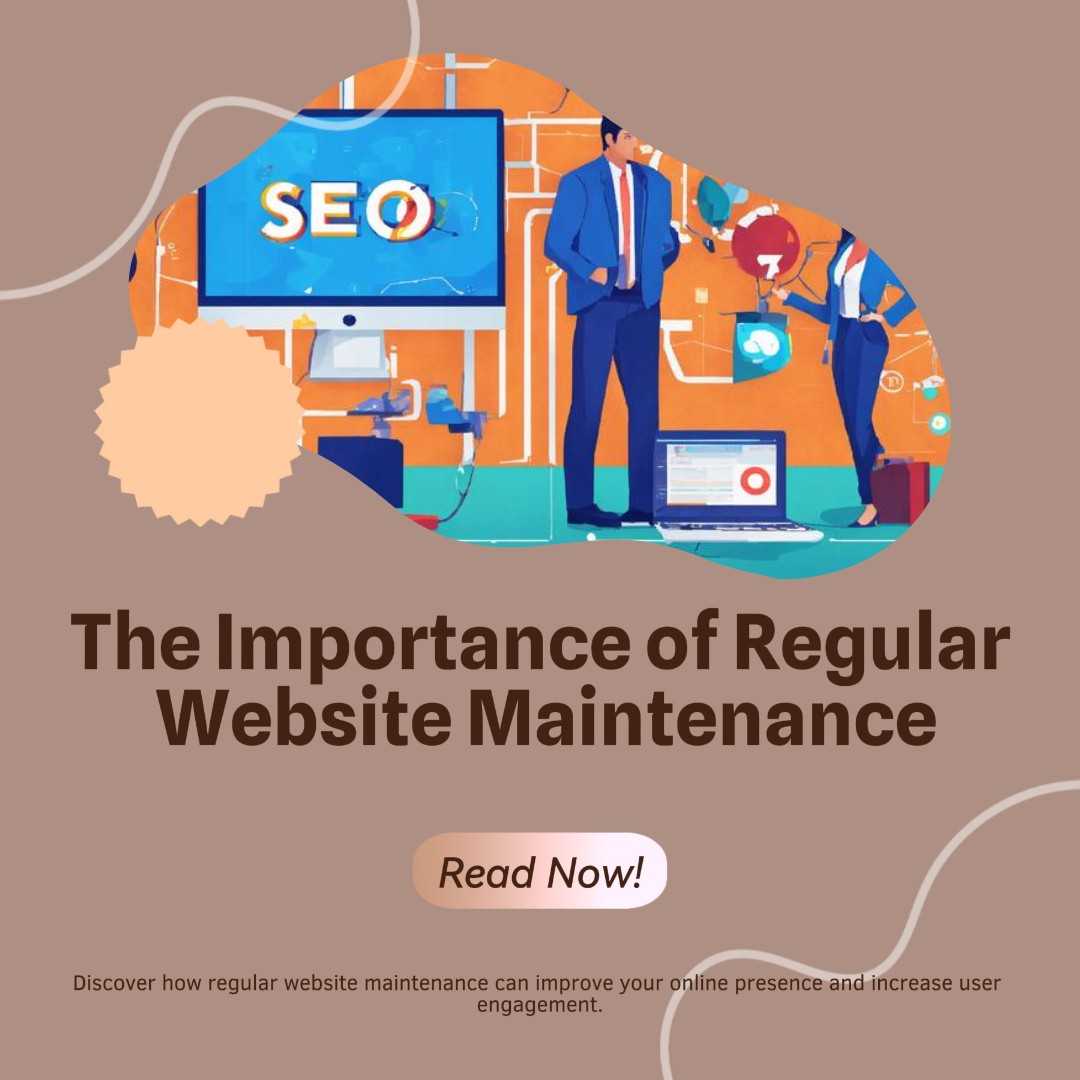Building trust is at the bottom of every successful relationship, especially in the fast-moving digital world. Trust is an essential aspect of building a loyal customer base, making website visitors engage with your content, or growing a social media audience. But how do you build that trust, especially online? One often-ignored factor is design.
A beautifully designed product not only looks great but also inspires trust. Whether it feels dependable and trustworthy or not can impact a user’s perception. In this article, we will discuss how design is instrumental in building trust with your audience and how you can implement it to create better relationships.
What is Trust in Design?
Trust in design is the level at which a user feels comfortable, confident, and secure while interacting with a product, website, or brand. It’s not just superficial but about creating an experience of reliability and authenticity. If a website is poorly designed or difficult to navigate, users may feel uneasy and doubt the website’s credibility. However, thoughtful, user-centered design creates a sense of professionalism and excellence, allowing users to feel confident from the first interaction.
First Impressions Matter: The Power of Aesthetics
Imagine walking into a shop where everything looks disorganized and messy. Would you trust that shop to provide good products? The same principle applies to digital design. First impressions take only milliseconds, and the aesthetic design of a website is one of the first things users notice.
A well-designed, aesthetically pleasing website reflects professionalism. Whether you’re selecting colors, layouts, or images, design elements need to communicate your brand’s values while appealing to your audience’s tastes.
Consistency: The Secret to Credible Design
Consistency in design is like consistency in personality—people trust what they know. A consistent look and feel across all channels—your website, social media, and email newsletters—builds familiarity and reliability. Inconsistent design can confuse your audience and make them question whether they’re still engaging with the same brand.
Build trust by using the same design elements across all platforms, including logos, fonts, colors, and tone, so the experience flows seamlessly and feels legitimate.
Simplicity and Clarity: Less is More
Cluttered designs overwhelm users, making it difficult for them to find what they need. This frustration can lead to mistrust. On the other hand, simple and clear designs facilitate intuitive navigation, allowing users to focus on the information you want to convey.
Clear fonts, well-organized layouts, and minimal distractions enhance the user experience, leaving visitors confident that your brand values their time and effort. The saying “less is more” perfectly captures how simplicity fosters trust.
User Experience (UX): Focusing on the Needs of the Audience
No matter the product, the key is how the user interacts with it. Good UX design focuses on the audience’s needs and preferences. Consider the entire journey your audience takes when interacting with your brand. Are your calls to action clear? Is it easy to navigate your website and find what they’re looking for?
By designing with the user’s needs in mind, offering helpful guidance, and removing friction, you show your audience that you care about their experience, building trust and strengthening the relationship.
Emotional Connection through Design
Emotional design goes beyond functionality; it’s about how it makes people feel. Design that evokes happiness, excitement, or comfort can deeply resonate with users. The more pleasant you make a user feel when interacting with your brand, the more they’ll trust it.
Warm images, colors, and human-centric messaging can establish an emotional connection, bridging your audience to your brand’s mission and values.
Responsiveness: Flexibility Results in Trust
Given the growing dominance of mobile traffic, your design must be flexible. Responsive design, which adapts seamlessly to different devices and screen sizes, shows that your brand is modern, accessible, and mindful of its audience’s needs.
If your design breaks or doesn’t function well on mobile, users may question your brand’s reliability. However, if your design works perfectly across all platforms, it reflects professionalism and competence.
Security Signals: How to Make Your Audience Feel Safe
A sense of security is essential for trust. Users visiting your website want assurance that their information is safe. Visible security signals, such as HTTPS, secure payment options, and clear privacy policies, provide this reassurance.
By clearly displaying these security indicators, you give users the confidence that you care about their data, encouraging them to continue interacting with your brand.
Authenticity: Keeping It Real with Design
Authenticity cuts through the noise of fake advertising. Your audience can detect inauthenticity from a mile away. Authentic design stays true to your brand’s voice and culture; it doesn’t deceive or manipulate.
Build trust by being authentic. Show who you are through honest imagery, intuitive navigation, and sincere messaging. Authenticity should be at the core of your design strategy.
Typography and Color in Building Trust
Typography and color choices significantly impact how your brand is perceived. For example, blue is often associated with trust and reliability, while red conveys urgency or excitement. The fonts you choose also influence perception; serif fonts tend to feel traditional and trustworthy, while sans-serif fonts are seen as modern and approachable.
By choosing appropriate typography and color combinations, you can make your brand appear more credible and communicate your message effectively to the right audience.
Case Study: Brands That Built Trust with Design
Some brands have mastered the art of building trust through design. Here are a few examples:
- Apple: The brand fosters trust through simplicity. Its clean, minimalist design creates confidence in the quality of the user experience. Every detail is carefully considered to instill trust in its products.
- Google: Google’s simple interface and consistent branding establish familiarity, building lifelong relationships and trust across its platforms.
- Airbnb: Community and human connection are at the heart of Airbnb’s design, building trust by creating a sense of safety for users seeking accommodations in other people’s homes.
Conclusion: Design for Trust
Aesthetics aside, design goes far beyond appearances; it’s about creating a trusted experience for your audience. Every decision, from branding and layout to interaction and security, presents an opportunity to build or lose trust.
Design should prioritize user experience, authenticity, and emotional impact to help your brand build long-term trust with your audience. After all, trust isn’t built overnight, but thoughtful, intentional design can lay the foundation for lasting relationships.
FAQs on Design and Trust
1. How does color impact trust in design?
Colors significantly influence how a brand is perceived. For example, blue can evoke feelings of trust and reliability, while red signals urgency or excitement. Choosing the right color combinations is essential for communicating trust to your audience.
2. Why is consistent design important?
Consistent design creates a cohesive experience across all platforms, reminding users that they’re visiting a familiar site. This familiarity fosters trust and reliability.
3. How does UX build trust?
Good UX design allows users to navigate your website intuitively, minimizing frustration. By addressing users’ concerns and needs, you build trust in your brand.
4. What are design security signals?
Security signals include HTTPS, secure payment methods, and visible privacy policies. These indicators ensure that users’ data is safe and are essential for building trust.
5. How can typography impact trust?
Typography helps set the tone for your brand. Serif fonts convey tradition and reliability, while sans-serif fonts suggest modernity and approachability. Typography is a key tool for building credibility and trust.






